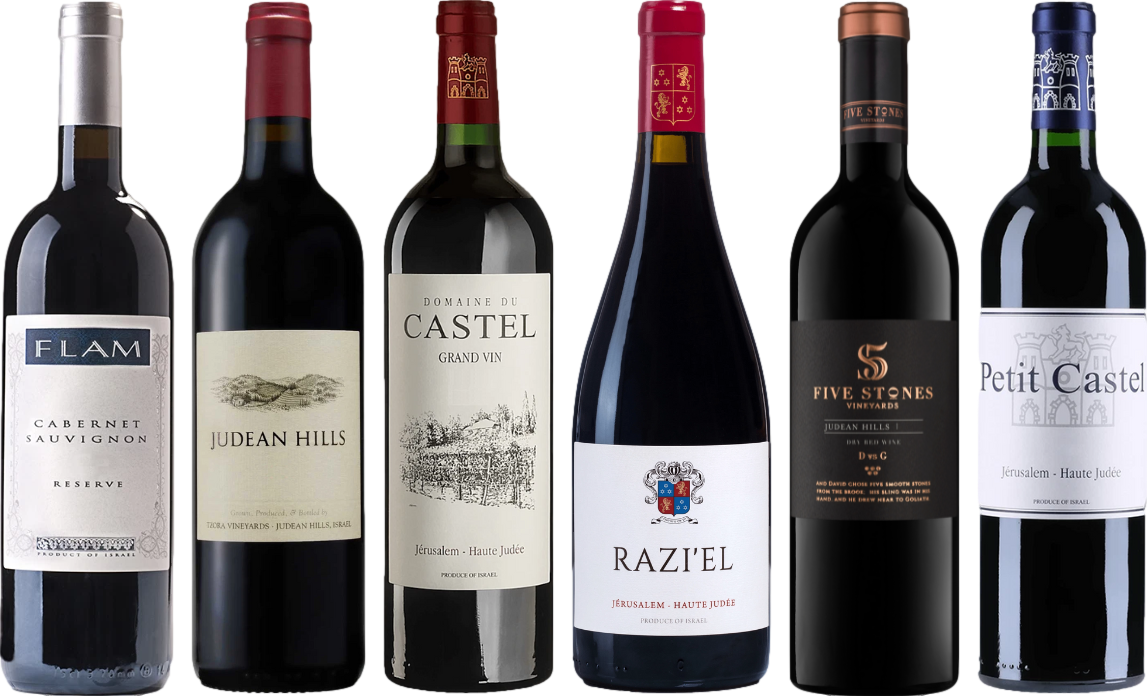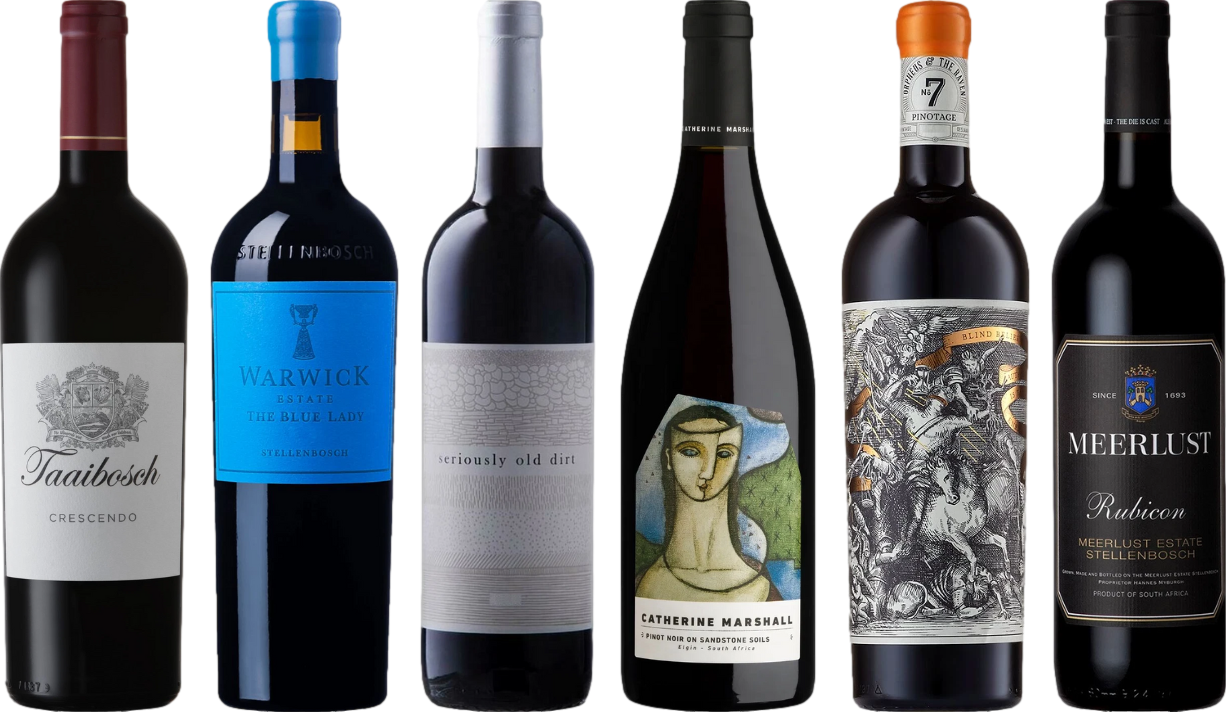



Chilling certain red varietals can enhance their overall experience. Opt for lighter-bodied options such as Pinot Noir or Gamay, which respond positively to a slight drop in temperature, ideally around 55°F to 60°F. This cooling can accentuate the fruit flavors and provide a refreshing twist, particularly during warmer months.
For fuller-bodied selections like Cabernet Sauvignon or Syrah, a brief chill of around 30 minutes in a cooler can soften the tannins and bring forward the complexity of flavors without overwhelming the palate. Avoid prolonged exposure to cold, as it may mute the wine’s character and aromatic profile.
Experimenting with temperature can reveal new dimensions in familiar bottles. The key lies in balancing the chilling with the unique attributes of each varietal. Always consider personal preference and the specific context of the occasion to truly enjoy the nuances offered by these beloved beverages.
Chilling Options for Bold Varietals
A short stay in a cooling unit can enhance certain characteristics of heavier types. However, a balance must be found to avoid dulling flavors. Aim for a temperature range of 55°F to 65°F for optimal enjoyment.
Benefits of Slight Chilling
- Softens tannins, making bold selections feel smoother.
- Reduces perceived heat from alcohol, especially in warmer climates.
- Enhances fruit notes, providing a fresher taste experience.
Recommended Practices
- Chill for 15-30 minutes before serving to achieve an ideal temperature.
- Use a thermometer to ensure precision; avoid serving at temperatures below 50°F.
- Experiment with lighter selections, such as Beaujolais or Pinot Noir, which can be more refreshing when slightly chilled.
Maintaining the integrity of flavor is key. Always prioritize personal preference, as individual taste will dictate the perfect serving conditions.
Understanding the Ideal Serving Temperature for Red Wine
The optimal serving temperature for most varieties of this beverage ranges from 55°F to 65°F (13°C to 18°C). Aiming for this specific range enhances aromas and flavors. Serving at temperatures above this can mute the subtleties, while cooler temperatures can overly emphasize tannins.
For lighter styles, such as Pinot Noir, a target of around 55°F (13°C) is appropriate. This allows the delicate notes to shine through. In contrast, fuller-bodied options like Cabernet Sauvignon thrive at slightly warmer conditions, around 65°F (18°C). This warmth helps to soften the tannins and enhance the overall richness.
When assessing temperature, consider the environment. A glass may warm up quickly in a warm room, so serving slightly cooler can compensate for this natural warming. Use a thermometer for precision or rely on touch; a chilled bottle will feel cool to the touch yet not overly cold.
Decanting can also aid in achieving an ideal temperature. Allowing the beverage to breathe at room temperature for a short while can elevate its characteristics, particularly for more robust selections.
In summary, maintaining awareness of the serving temperature is vital for an enhanced tasting experience. Adjustments can lead to remarkable improvements in enjoyment and appreciation of the complexities within each glass.
How Refrigeration Affects the Flavor Profile of Red Wine
Chilling a bottle can significantly alter its aromatic and taste characteristics. Lower temperatures tend to mute the expression of fruit and other complex flavors, which are essential for a well-balanced experience. The ideal serving temperature for many varieties lies between 55°F to 65°F (13°C to 18°C). When subjected to colder conditions, the nuances that define each wine’s personality may be overshadowed.
Flavor Changes
- Fruity notes become less pronounced.
- Subtle tannins may feel harsher.
- Spicy or earthy undertones can be overshadowed.
For example, a Cabernet Sauvignon served too cold may lack the rich, dark fruit flavor that typically shines at optimal temperatures. Instead, it may taste flat or overly astringent. On the other hand, a well-tempered Merlot can showcase its smoothness and roundness, allowing for a more pleasurable drinking experience.
Recommendations for Enjoyment
- Store bottles in a wine fridge or cellar at consistent temperatures.
- Before serving, allow a bottle to warm slightly if it feels too cool.
- Pair full-bodied selections with hearty dishes, such as how to cook lamb noisettes, to enhance flavors.
Understanding how temperature influences taste will lead to more enjoyable wine experiences. Adjusting serving conditions can elevate the overall enjoyment, allowing each sip to reveal its true potential.
Best Practices for Chilling Red Wine Without Overdoing It
For optimal enjoyment, aim for a temperature range of 55°F to 65°F. To achieve this, a quick chill method is effective. Place the bottle in an ice bath for about 10 to 15 minutes. Combine ice and water for efficient cooling, as the water surrounds the bottle and enhances heat exchange.
If a more gradual approach is preferred, refrigerate the bottle for approximately 30 minutes. Avoid leaving it in for extended periods, as this can lead to excessive cold that dulls flavors.
Using a wine thermometer is a practical way to monitor temperature. This ensures that the beverage reaches the desired serving point without overshooting. Once chilled, serve promptly to appreciate the full range of aromas and tastes.
For specific varietals, consider their structure. Lighter-bodied options, like Pinot Noir, benefit from slightly cooler temperatures, while fuller-bodied types, such as Cabernet Sauvignon, can tolerate a bit more warmth.
Lastly, if chilling is necessary just before serving, keep in mind the temperature will continue to drop once poured into a glass. Pouring into a slightly warmer glass can help maintain the ideal drinking temperature longer.
When to Refrigerate Red Wine: Guidelines for Different Varieties
Chilling certain types of red grapes can enhance their flavor and aroma profiles. For lighter-bodied options like Pinot Noir and Gamay, a drop in temperature to around 55°F (13°C) is beneficial. This cooling accentuates their fruitiness without masking the delicate nuances.
For fuller-bodied selections such as Cabernet Sauvignon or Syrah, keeping them at slightly higher temperatures closer to 60°F (15°C) is recommended. However, if these selections have been opened and are meant to be consumed over a few days, a brief stay in a cooler environment can preserve freshness. Aim for around 1 to 2 hours in a cooling unit before serving.
Specific Recommendations
For varietals like Merlot and Zinfandel, a moderate chill can bring out their rich fruit flavors. Consider chilling these varieties for approximately 30 minutes before serving. This approach helps soften tannins, making them more approachable.
In contrast, robust wines such as Malbec or Barolo benefit from minimal cooling. These varieties are best enjoyed at cellar temperature, around 60-65°F (15-18°C). If you desire a slight chill, limit refrigeration to 10-15 minutes.
Serving Practices
Experimenting with different chilling times can lead to personal preferences. For a casual gathering, a quick chill of 20 minutes can be suitable for most reds. Always remember to avoid over-chilling, as it can mute the more complex flavors that develop with proper temperature.
When unsure, it’s wise to err on the side of caution. A slightly cooler serving temperature often enhances enjoyment without sacrificing quality. Regardless of the choice, understanding the characteristics of each varietal will guide optimal serving temperatures.
Common Misconceptions About Storing Red Wine in the Fridge
Many believe that refrigeration is universally beneficial for all types of fermented grape beverages, but this isn’t accurate. A common myth suggests that chilling enhances all varieties, leading to improved flavor and aroma. In reality, lower temperatures can mute complex characteristics, especially in bold and full-bodied selections.
Another widespread misconception is that temperature fluctuations have minimal impact. In truth, consistent storage conditions are vital. Frequent changes can disturb the delicate balance of flavors, negatively affecting the overall experience.
Temperature and Aging
Some argue that chilling extends longevity. While cooler conditions are generally suitable for preservation, excessive cold can accelerate aging in some cases. It’s a balancing act; too cold can hinder development, while too warm can lead to premature maturation.
Storage Duration
Many assume that short-term refrigeration is harmless. However, prolonged exposure to cool temperatures can alter the intended profile over time. Keeping certain varieties in a chilled state for extended periods can lead to a loss of vibrant notes and an increase in muted flavors.
| Misperception | Reality |
|---|---|
| All types benefit from refrigeration | Chilling can mute flavors in bold varieties |
| Temperature fluctuations are inconsequential | Consistent conditions are essential for quality |
| Chilling extends shelf life | Excessive cold can hinder flavor development |
| Short-term storage is harmless | Prolonged chilling can alter intended profiles |
Understanding these misconceptions can enhance appreciation for nuanced selections and ensure a more enjoyable tasting experience. Always consider the type and style before deciding on storage methods.
FAQ:
Is it acceptable to store red wine in the fridge?
Storing red wine in the fridge is generally acceptable, especially for short-term storage. Most red wines are best enjoyed at a temperature range of 55°F to 65°F (13°C to 18°C). If your fridge is set to a lower temperature, it might be beneficial to let the wine sit out for a little while before serving. In fact, many people prefer slightly chilled red wines, particularly lighter varieties. However, long-term storage in a fridge is not recommended, as the constant vibrations and lower humidity can negatively affect the wine’s quality over time.
How does temperature affect the taste of red wine?
The temperature at which red wine is served can significantly influence its aroma and flavor profile. Serving red wine too warm can accentuate the alcohol, making it taste harsher and less balanced. Conversely, serving it too cold can mute its flavors and aromas, hiding the complexities that make it enjoyable. Typically, lighter reds can be served at slightly lower temperatures, while fuller-bodied reds are best enjoyed closer to room temperature. Finding the right serving temperature enhances the wine experience, allowing you to fully appreciate its characteristics.










